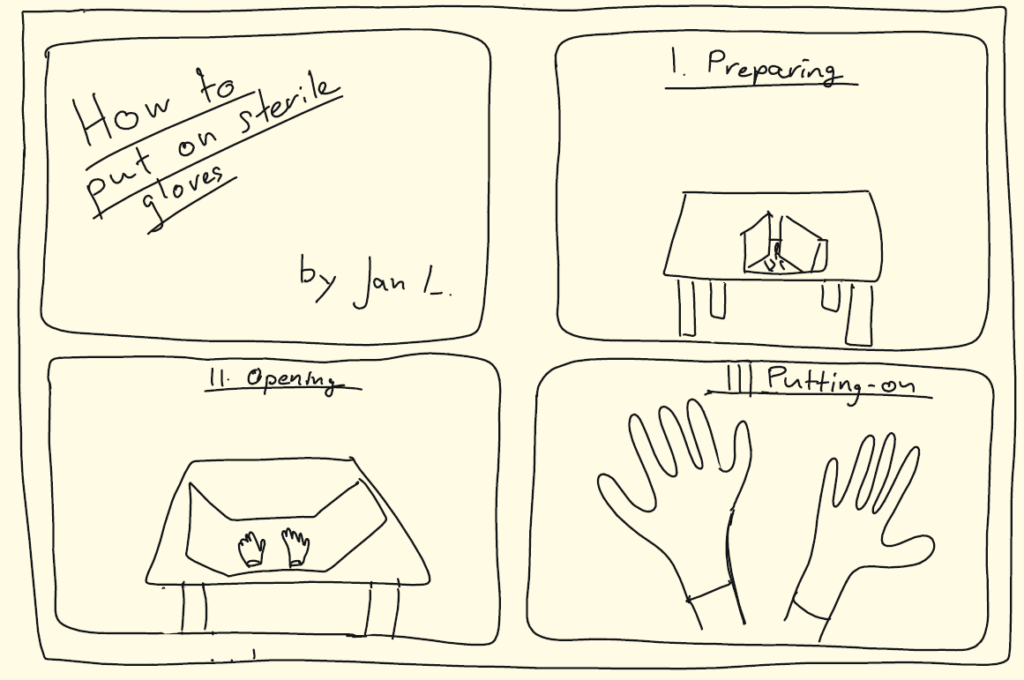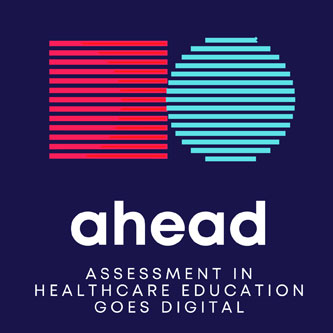Average Difficulty ****
Requirements
Laptop, PC, tablet or smartphone; software of video production; hardware e.g. cameras
User Cases
Assessing practical skills (e.g. putting on steril gloves), application of skills or echniques in practical fields (e.g. preparing infusion), gather informations through interviews (e.g. “Advice from pros to newbies”)
Output
Video
Benefit
Skills in recording and cutting videos, uploading medias on LMS, strucuring and creating content accouding to subject-specifing aspects
Introduction
Videos as a form of digital assessment have been gaining importance in recent years. They allow learners to showcase their knowledge and skills in a creative and interactive format. In addition, they promote media literacy and offer the opportunity to present learning content in an individual and diverse way.
Method
In the video assessment method, learners independently create a video on a specific topic or task. This can be, for example, a presentation, an explanatory video, a discussion, or a dramatization. The video is then evaluated by the teacher or by other learners. Both the content and the manner of presentation, as well as the use of media, can be considered. Feedback can be given orally or in writing, which helps learners reflect on their performance and further develop their competencies.
Technical Requirements
To create a video, learners need a camera (which is included in most smartphones and tablets), a microphone for sound, and software to edit the video. There are a variety of free and paid apps and programs that can be used to record and edit videos. In addition, a stable internet connection is required to upload and share the finished video.
Implementation Notes
Before learners begin creating the video, they should have a clear understanding of the requirements and expectations. The teacher should establish clear criteria for evaluation and discuss these with the learners. Furthermore, it is helpful to give learners ample time to plan, record, and edit the video. It is also important to inform learners about the legal aspects of video production, especially with regards to copyright and data protection.
Suitable Exam Topics
Videos are suitable for a wide range of exam topics. For example, they can be used in natural sciences to perform and explain experiments, in social sciences to conduct interviews or stage discussions, or in languages to create dialogues or present cultural topics. A particular advantage of videos is that they can also be used for interdisciplinary projects in which learners have to apply and integrate knowledge from different areas.
Storyboard

A storyboard is a visual guide that depicts the planned sequence of a video. It assists in visualizing the video’s story, organizing the scenes, planning the transitions, and determining the timing. In the context of examination purposes, the storyboard can act as a type of “blueprint” for the video, outlining key elements like the settings, characters, dialogues, and crucial plot lines. Each drawing or image represents a specific scene or moment in the video. Along with the images, brief descriptions or notes should be added that provide additional details about the actions, dialogues, or sound and camera settings.





